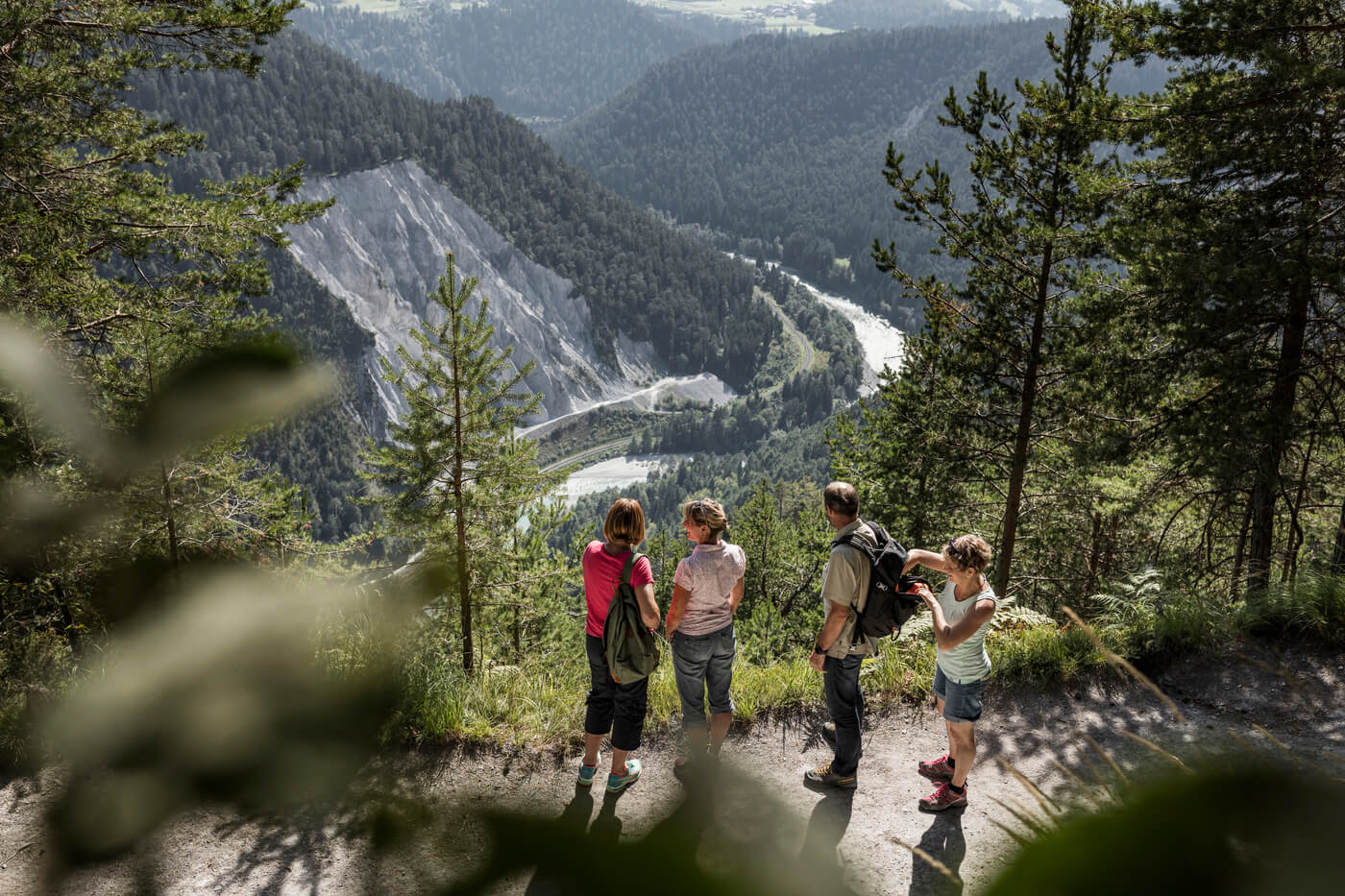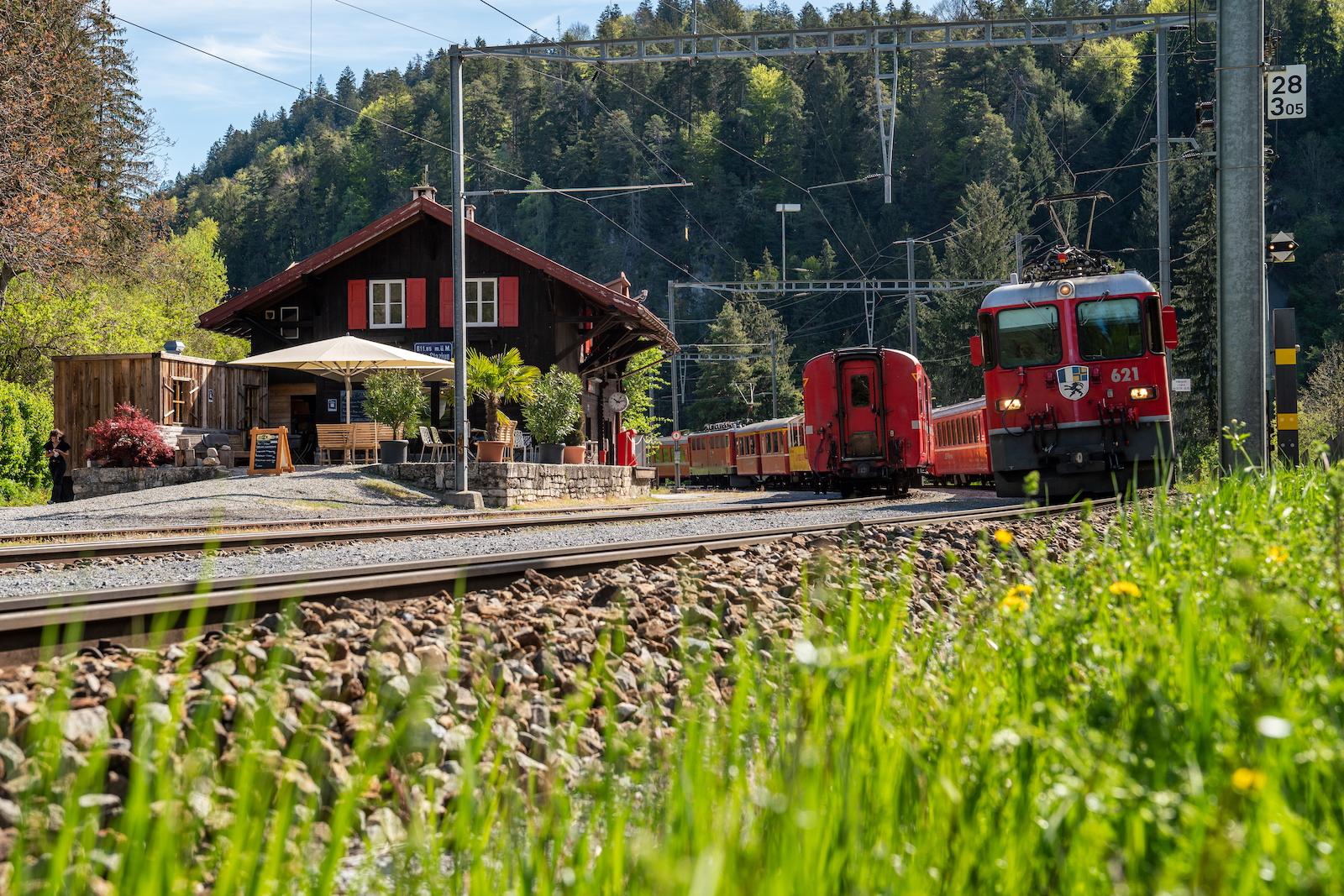Birds of the Rhine Gorge
Terraviva
Referenzen.
Einen Einblick über das Tun und Wirken von Terraviva vermitteln Ihnen die aktuellen und abgeschlossenen Projekte.
Sandpiper
From April 1 to July 15, sandpipers for hatching visit the Rhine Gorge. Only around 100 breeding pairs hatch in whole Switzerland, about a quarter of them in the Rhine Gorge. At risk, the ground-nesting bird leaves its nest and mimes an injured bird to distract the enemy from the clutch or the chicks. The sandpipers migrate towards their winter habitat in Africa as early as the end of July.
Little Ringed Plover
The little ringed plover is an even infrequent visitor to the Rhine Gorge than the sandpiper. This small ground breeder simply lays its sandy, spotted eggs in a pan between pebbles. The chicks are precocial birds and able to fly after 3-4 weeks. The little ringed plovers migrate to Africa near the equator to spend the winter.
Dipper
The dipper is the only songbird species that can swim and dive. It hatches in natural caves along fast flowing waters. As long as the water is not frozen, the dipper stays at the same places and feeds especially from lump that lives in the water. Its body perfectly adjusts to life by the water that it is able to walk and sing a few meters below the water.
Peregrine Falcon
With its 1m wingspan, the peregrine falcon is the most powerful of all falcons. It only hunts other birds, swoops down from its perch at speeds of up to 250 km/h, and catches its prey in flight. Peregrine falcons hatch in rock shelters and often use old raven nests. The young birds remain in the nest for 35-42 days before they make their first attempts to fly.
Eurasian Crag Martin
The Eurasian crag martin build their nests of clay in sheltered places in rock. Although they approach their breeding sites early in the year, they do not start hatching until May. With spectacular flying maneuvers, they hunt flying insects and always stay close to the rocks. In recent years, hatching in buildings has also been observed in inhabited areas at increasing intervals.
Capercaillie
The demanding but very timid capercaillie prefers structural conifer forests as its habitat. It reacts very sensitive to disturbances, especially through humans. In and around the Rhine Gorge three forestlands promote the capercaillie with forestal and other measures. During the breeding season in spring, the capercaillie is protected.







